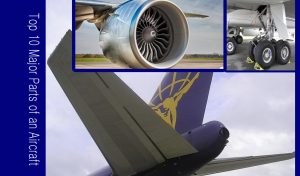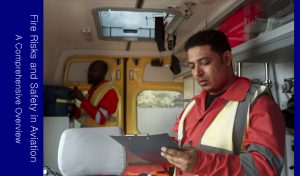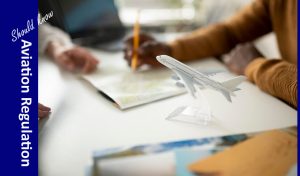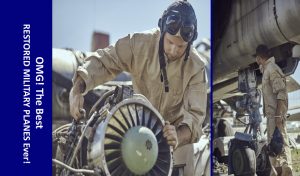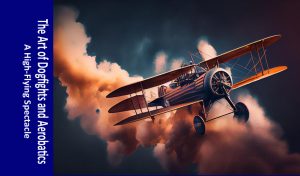Aviation has come from a long way since the Wright brothers’ first invention of flight in 1903. Over the past century, technology has played a pivotal role in transforming aviation from a novelty into an integral part of our global transportation system. In this article we will explore how various technological advancements have shaped and continue to revolutionize modern aviation. And here the title as Wings of Innovation: How Technology Has Transformed Modern Aviation? is quite obvious.
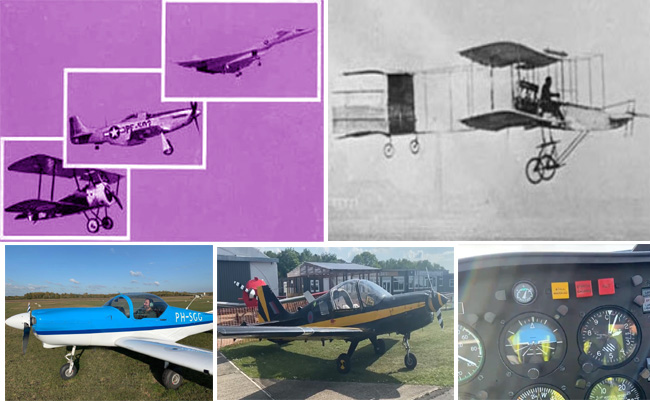
Key Technological Advancements
However, Technology has been at the leading edge of transforming cutting-edge aviation in numerous methods, making air journey safer, greater efficient, and available. Here are some key technological advancements that have reshaped the aviation enterprise.
Jet Propulsion: The improvement of jet engines within the mid-20th century revolutionized aviation. Jets allowed for lots better speeds and altitudes compared to piston engines, making air travel more efficient and reducing journey instances.
Fly-by-Wire Systems: The introduction of fly-through-cord technology changed traditional mechanical flight controls with digital systems. This innovation enhanced aircraft stability, control, and protection, as well as paving the way for automation.
Advanced Avionics: Avionics systems have developed significantly, incorporating state-of-the-art navigation, communication, and tracking structures. GPS, inertial navigation systems, and superior weather radar have improved flight accuracy and protection.
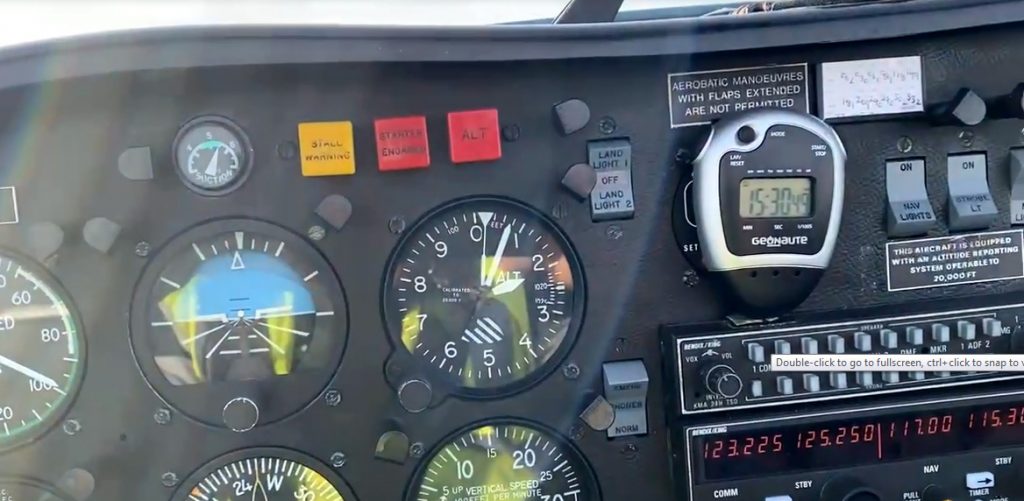
Materials and Construction: The use of lightweight composite substances, like carbon-fiber composites, has made aircraft more fuel-green and sturdy. These substances have changed traditional aluminum in lots of elements of contemporary aircraft.
Digital Cockpits: Digital cockpits have changed analog gauges and controls with digital presentations and computerized structures. This has reduced the pilot workload, expanded situational focus, and advanced overall protection.
Air Traffic Management: Advanced air traffic management systems, including radar, satellite-based navigation, and data communication, have made air travel safer and more efficient by optimizing routes and reducing congestion.
Improved Safety Systems: Technologies like Traffic Collision Avoidance Systems (TCAS) and Enhanced Ground Proximity Warning Systems (EGPWS) help prevent mid-air collisions and accidents caused by terrain.
Remote Monitoring and Diagnostics: Airlines now use real-time data streaming and sensors to monitor aircraft health. This allows for proactive maintenance, reducing downtime and enhancing safety.
Supersonic and Hypersonic Travel: While commercial supersonic flight (e.g., Concorde) was short-lived, ongoing research into supersonic and hypersonic aircraft aims to reduce travel times significantly.
Unmanned Aerial Vehicles (UAVs): Drones have applications beyond military use. They are employed in industries like agriculture, surveying, and logistics. UAV technology continues to advance, expanding potential uses.
Electric and Hybrid Propulsion: Researchers are exploring electric and hybrid propulsion systems to reduce emissions and noise in aviation. Prototypes and small electric aircraft are paving the way for more sustainable aviation.
Autonomous Flight: Although not widely adopted yet, autonomous aircraft systems are being developed. These could potentially enhance safety and reduce the need for extensive pilot training.
Urban Air Mobility (UAM): Emerging UAM concepts envision air taxis and electric vertical takeoff and landing (eVTOL) vehicles providing urban transportation solutions, leveraging advanced technology and automation.
Sustainable Aviation Fuels (SAFs): The aviation industry is working on adopting sustainable aviation fuels made from renewable sources to reduce carbon emissions.
Space Travel: While primarily separate from conventional aviation, advances in space travel technology, such as reusable rockets and commercial spaceflight, may eventually influence the way we travel within Earth’s atmosphere.
In Conclusion – Technology continues to be a driving force behind the transformation of modern aviation, aiming to make air travel safer, more environmentally friendly, and accessible to a broader range of passengers. Future innovations are likely to continue pushing the boundaries of what is possible in aviation.
